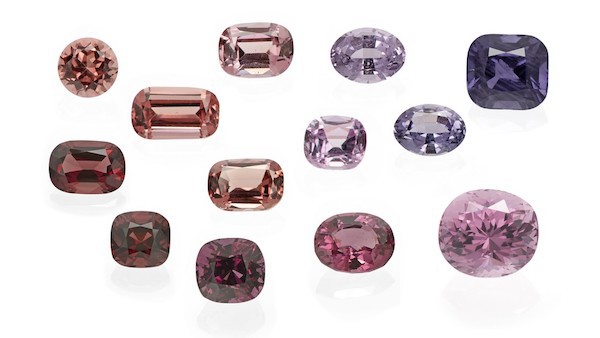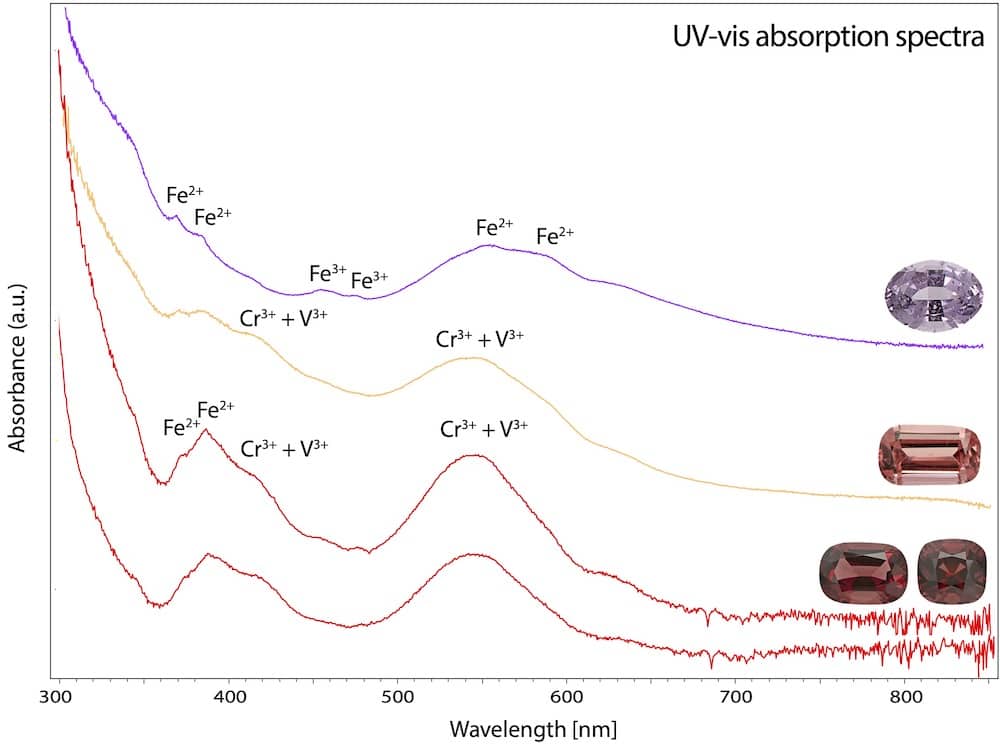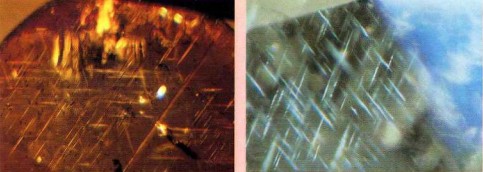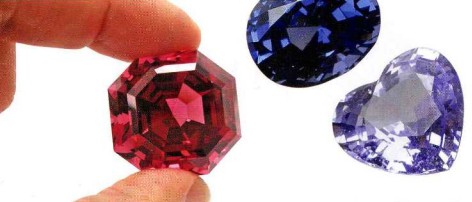
Spinel from Afghanistan
By Dr. M.S. Krzemnicki, first published in Facette 29 (May 2024)

Since ancient times, the Badakhshan Province in northeastern Afghanistan has been known for its gem deposits, most prominently the lapis lazuli mines near Sar-e Sang in the Kokcha valley.
Badakhshan was historically a much larger region extending largely into present-day Tajikistan. The region was famous for spinels known for centuries as Balas rubies, their name derived from the ancient Persian word badaxš for the region during the Sasanian Empire in late antiquity. Most of these spinels were mined at Kuh-i-lal (today in Tajikistan and close to the border to Afghanistan), and still today are among the most important pinkish red to red gems in history. These famed spinels – that had historically often been miscalled ruby – include amongst others the Black Prince Ruby (ca. 140 ct), set in the front of the Imperial State Crown of Great Britain, the Timur ruby (361 ct), today also part of the Crown Jewels of Britain, the Hope spinel (50.13 ct) which sold for $1.47 million at a Bonhams auction in 2015 and finally an Imperial Mughal spinel necklace which sold for CHF 4.5 million at Christie’s in 2011.
In recent years, new spinels ranging in colour from purple to pink and red were found and described from mining sites in the Kokcha valley at or near Pitawak and close to the lapis lazuli mines near Sar-e Sang in the Badakhshan Province of Afghanistan (Boehm 2017, Hänsel et al. 2021, Belley & Palke 2021, Lhuaamporn et al. 2022, Pardieu 2022). Recently, we were able to analyse a series of spinels reportedly originating from this same area (Figure 1). The spinels range in colour from red to pink and orangy pink, and purple to violet.

The absorption spectra reflect the concentration variation of the colouring elements present in these spinels (Figure 2). The purple to violet stones are dominated in the spectrum by iron (Fe2+ and Fe3+ bands), whereas the pink to orangey pink and red stones show in addition distinct broad bands related to chromium and vanadium. This is also reflected in their UV reaction, being greenish for the purple to violet stones (related to traces of manganese) and reddish in the others due to their chromium content.
Chemical analyses of the spinel samples from Badakhshan reveal for the red and orangey pink stones a Cr/V-ratio of about 1:1 to 2:1 and a Fe/Cr-ratio of about 10, whereas they are about 25:1 to 40:1 (Cr/V) and 1300:1 to 4000:1 (Fe/Cr) for the purple to violet samples. This marked difference is also found in the inclusions. In the purple to violet spinel, we found numerous colourless to slightly brownish phlogopite inclusions (Figure 3) as described in literature (Boehm 2017, Hänsel et al. 2021, Belley and Palke 2021), whereas the red to pink stones analysed by SSEF were often nearly free of solid inclusions, containing only few tiny (hexagonal) graphite flakes and colourless magnesite (Mg-carbonate). All stones contained varying amounts of fluid inclusions mostly as so-called octahedral ‘negative’ inclusions.

References
Belley P.M. & Palke A.C. (2021) Purple gem spinel from Vietnam and Afghanistan: Comparison of trace element chemistry, cause of colour, and inclusions. Gems&Gemology, 57, 3, 228-238.
Boehm, E.W. (2017) Gem Notes: Purple spinel from Badakhshan, Afghanistan. Journal of Gemmology, 35 (8), 694–697.
Haensel, S., Lhuaamporn, T., Seneewong-Na-Ayutthaya, M. and Suphan, C. (2021) Update on purple spinel from Afghanistan. Journal of Gemmology,37(7), 678-680.
Lhuaamporn T., Haensel S., Seneewong-Na-Aytthaya M., Suphan C. (2022) Characteristics of purple spinel from Badakhshan, Afghanistan. Abstract Proceedings of the 7th GIT Conference, Thailand, 97-99. Pardieu V. (2022) Dispatches from Afghanistan with Vincent Pardieu; part I-III, from: https://agta.org/dispatches-from-afghanistan-with- vincent-pardieu-ii-food-poisoning-lapis-deposits/ (Accessed January 2024).


